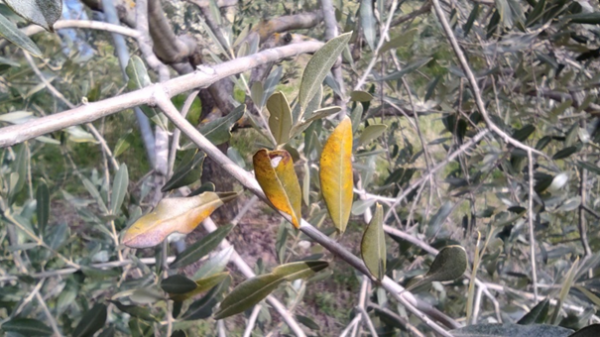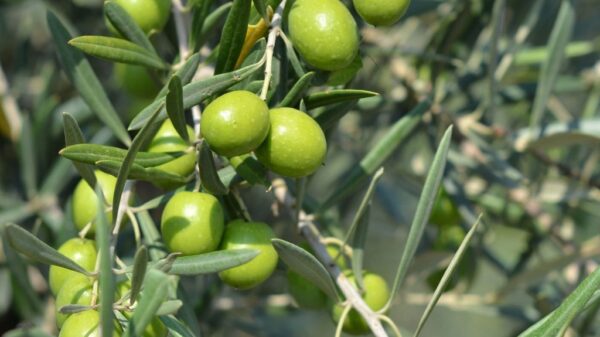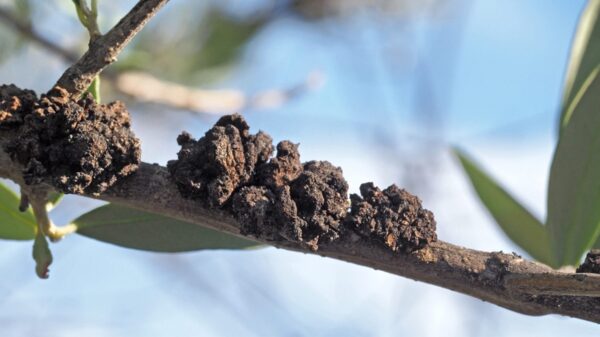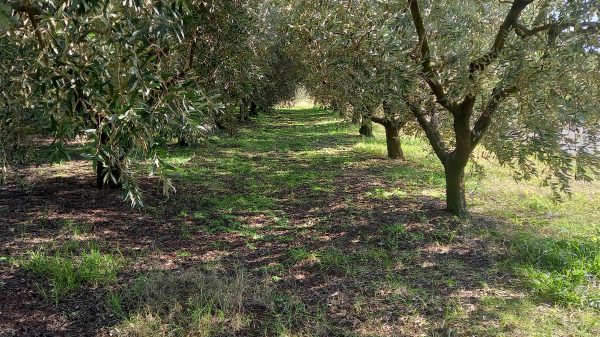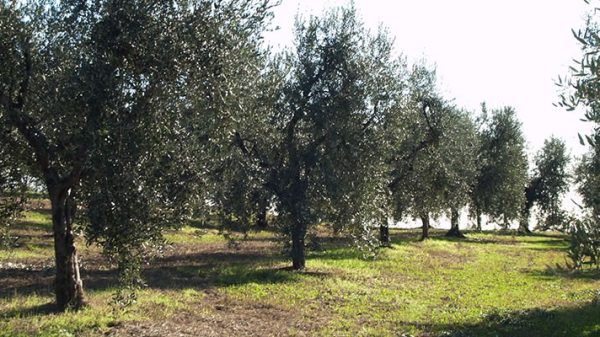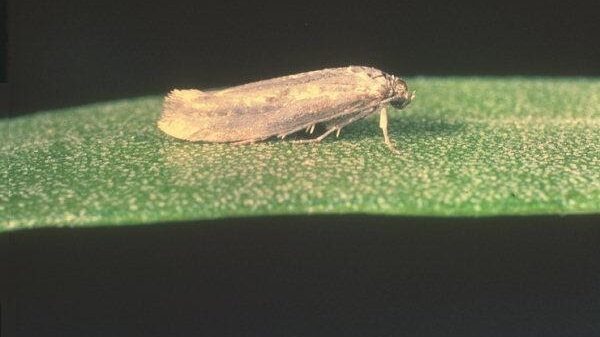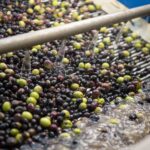 The yellowing of some soils found in these days in some olive groves offers the starting point to deepen the question of "soil fertility", i.e. its ability to provide plants with the nutrients needed to grow and produce fruit. Nutrients can be classified into macronutrients, such as Carbon, Hydrogen, Oxygen, Nitrogen, Phosphorus, Potassium, Sulfur, Calcium, Magnesium, Potassium and Chlorine and micronutrients, such as iron, manganese, zinc, copper, boron and molybdenum. There are other elements that are absorbed by plants in very small quantities such as Silicon, Sodium, Aluminum and Cobalt.
The yellowing of some soils found in these days in some olive groves offers the starting point to deepen the question of "soil fertility", i.e. its ability to provide plants with the nutrients needed to grow and produce fruit. Nutrients can be classified into macronutrients, such as Carbon, Hydrogen, Oxygen, Nitrogen, Phosphorus, Potassium, Sulfur, Calcium, Magnesium, Potassium and Chlorine and micronutrients, such as iron, manganese, zinc, copper, boron and molybdenum. There are other elements that are absorbed by plants in very small quantities such as Silicon, Sodium, Aluminum and Cobalt.
Carbon, hydrogen, oxygen and chlorine are abundantly available in the atmosphere and lithosphere in the form of carbon dioxide and water, the remaining mineral elements are made available for absorption by plants through contributions with fertilization plans. Consequently, if the export exceeds the nutrient intake, fertility will decrease over time.
Soil fertility is influenced by:
1) physical factors, Which:
a) the texture of the soil, which directly influences the availability of water and nutrients: it is given by the percentage distribution of the sand, silt and clay particles present in the soil;
b) the structure of the terrain: is given by the way in which the particles of sand, silt and clay join together and is maintained and improved with the addition of organic matter;
c) the porosity of the soil: it is the percentage of air or water that is occupied with respect to the solid part.
2) Biological factors, represent the organic substance in the soil, the main source of energy of the microflora which intervenes in the production of enzymes, necessary for the cycle of Carbon, Nitrogen and in the biological transformation of Sulphur, Phosphorus, Potassium, Iron and Manganese, as well as in the processes of humification and nitrification. The organic matter releases essential nutritional elements, such as nitrogen, phosphorus and sulphur, as well as some microelements and influences the dynamics of the water, regulating its availability and absorption.
3) chemical factors, such as the availability of macro and micro nutrients present in the soil.
Among the chemical factors that can affect the absorption of nutrients is the pH, parameter that determines when a land è acid or it is basic. To measure it, there is a scale of values given by the aqueous solution circulating in the soil and the concentration of hydrogen ions that are present. In this way we have land:
– Strongly acidic when they have a pH below 5,5
– Acids between 5,5 and 6,0
– Subacids between 6,0 and 6,8
– Neutrals between 6,8 and 7,3
– Sub-basics between 7,3 and 8,0
– Basics between 8,0 and 8,5
– Alkaline over 8,5
Most agricultural plants thrive in soils that approach neutrality in reaction, i.e. with a pH between 6,8 and 7,2. The olive tree prefers slightly basic soils, between 7 and 7,5, therefore between neutral and sub-basic. In this range, fertilizers have the ability to act well to be absorbed by the roots. In fact, Nitrogen absorbs if the Ph is between 6 and 8; Phosphorus between 6,5 and 7,5; Potassium between 6,1 and 7,3. On the other hand, Boron creates problems, which is absorbed if the Ph is between 5,2 and 7, values that exclude many lands cultivated with olive trees. For this reason it is advisable to supply boron with a foliar fertilization in the pre-flowering or flowering period.
To evaluate the acidity of a soil, one can contact specialized laboratories, but there are also on the market tools that are easy to use and low-cost.
AIPO Director
Interregional Association
Olive producers


